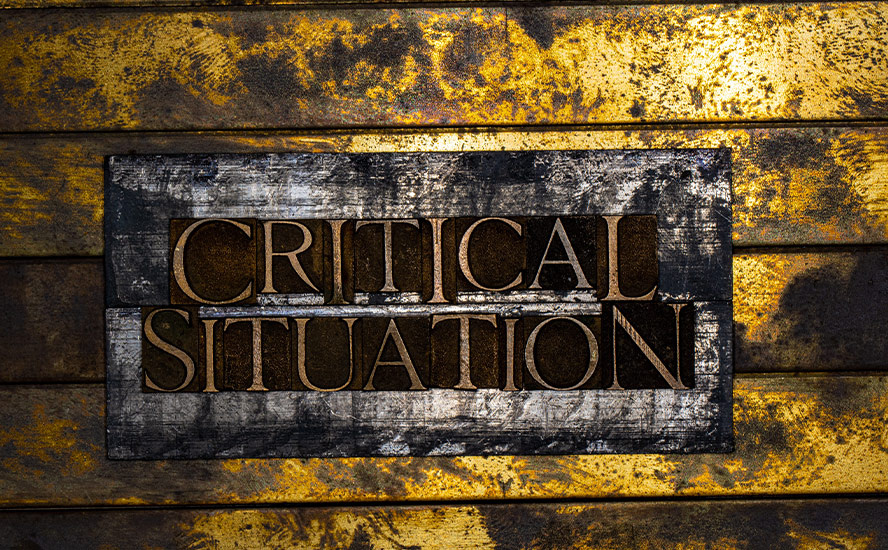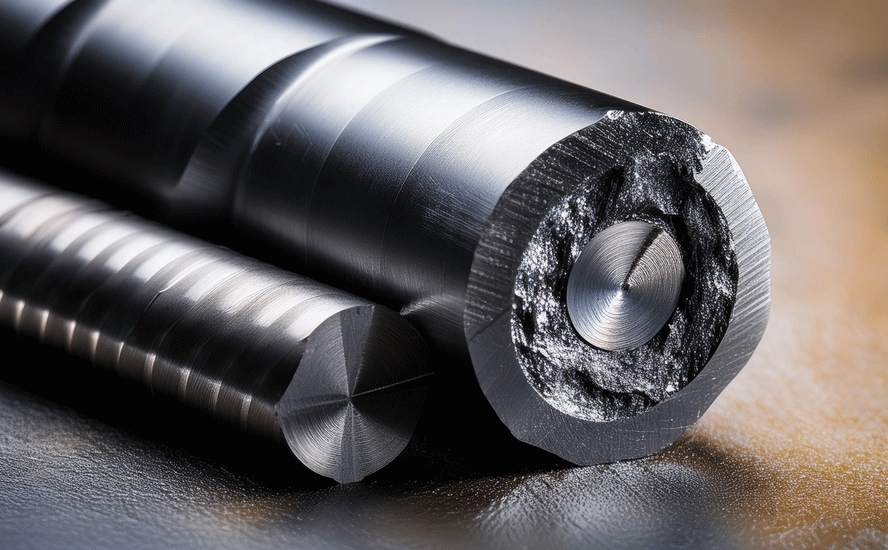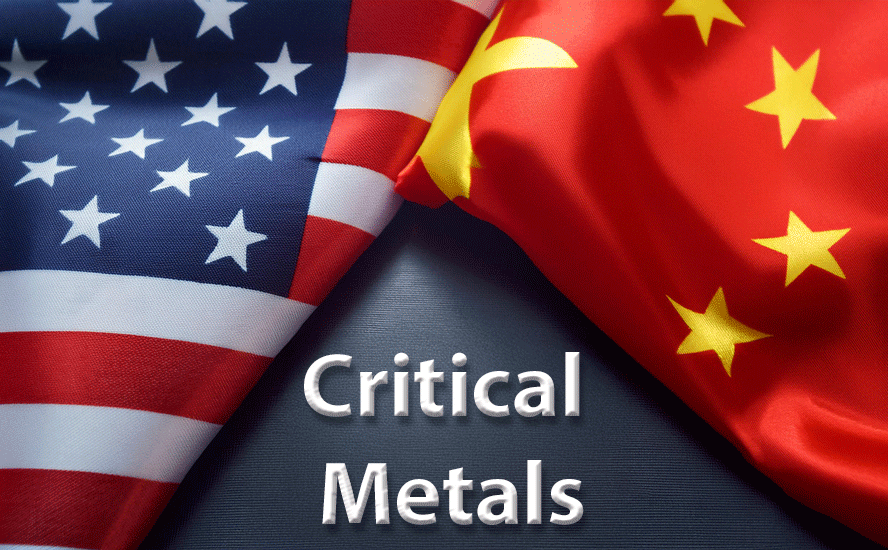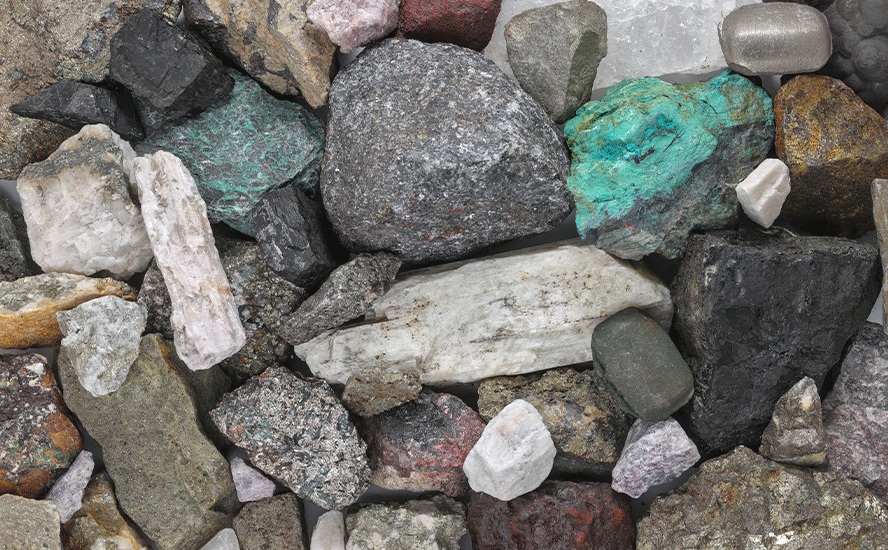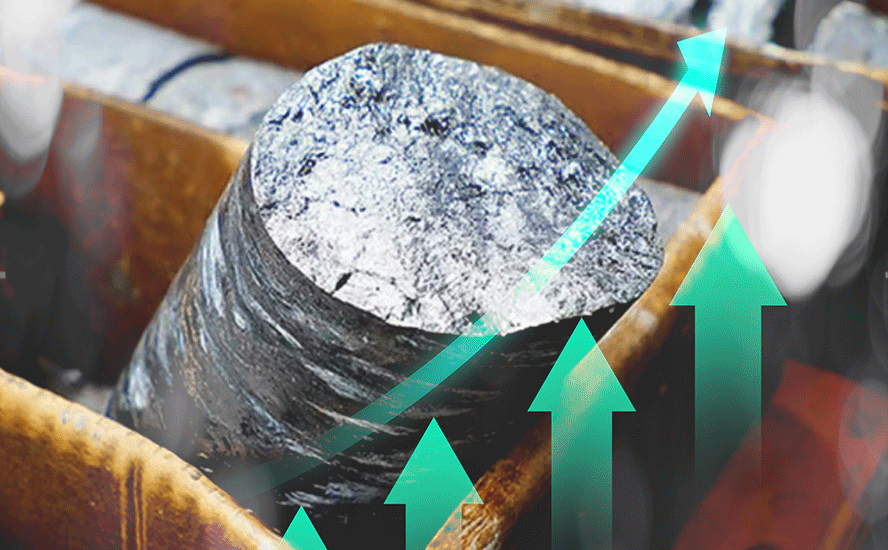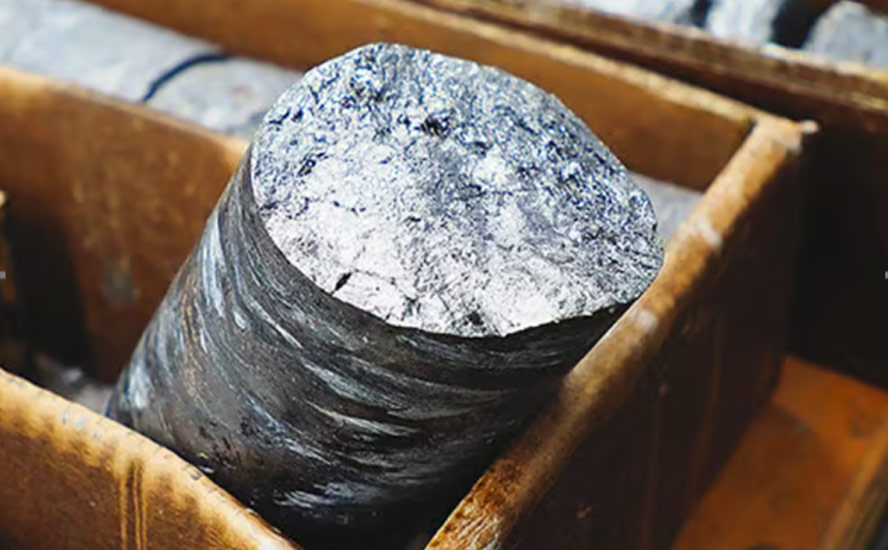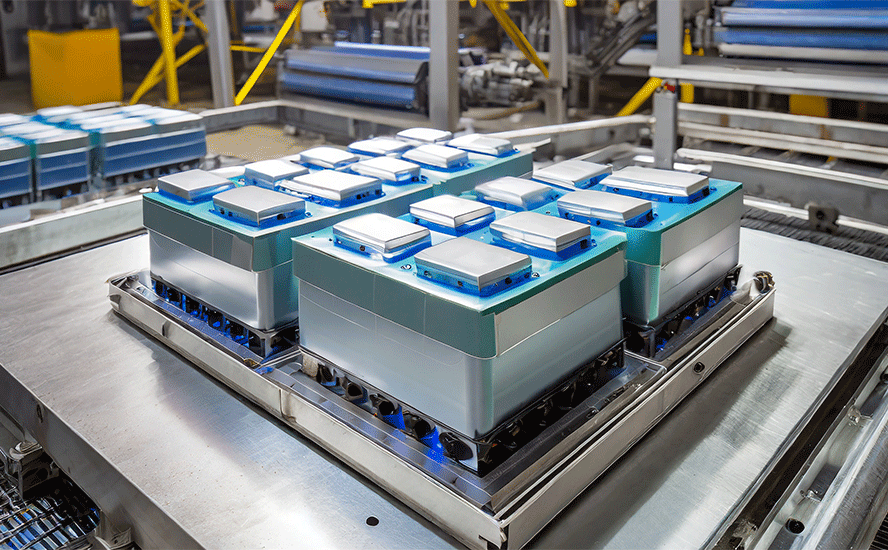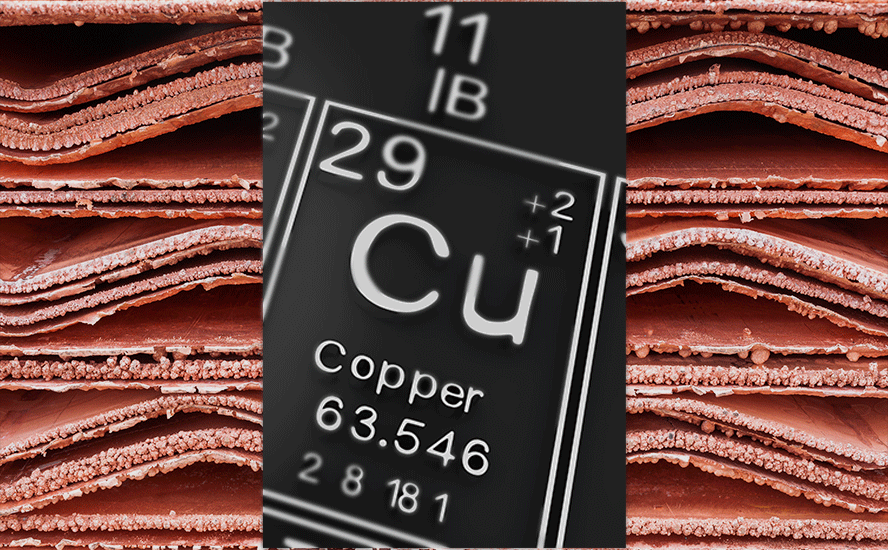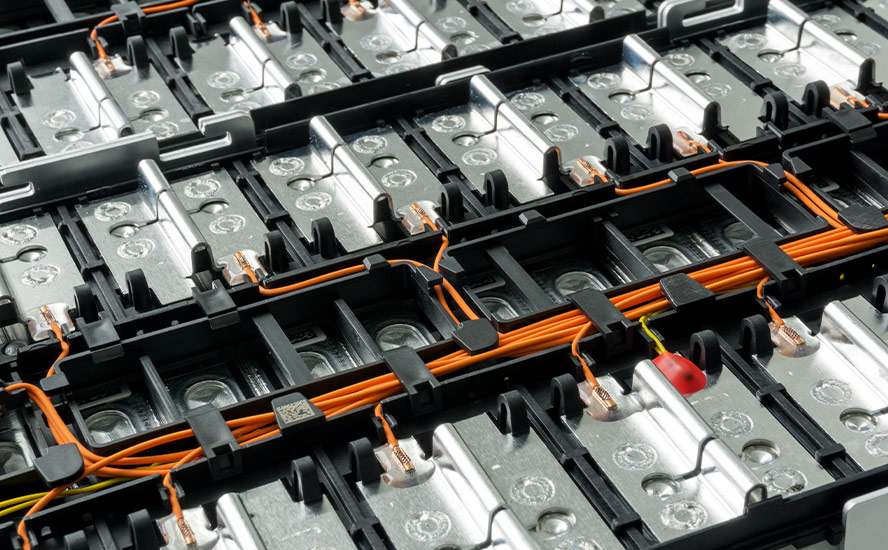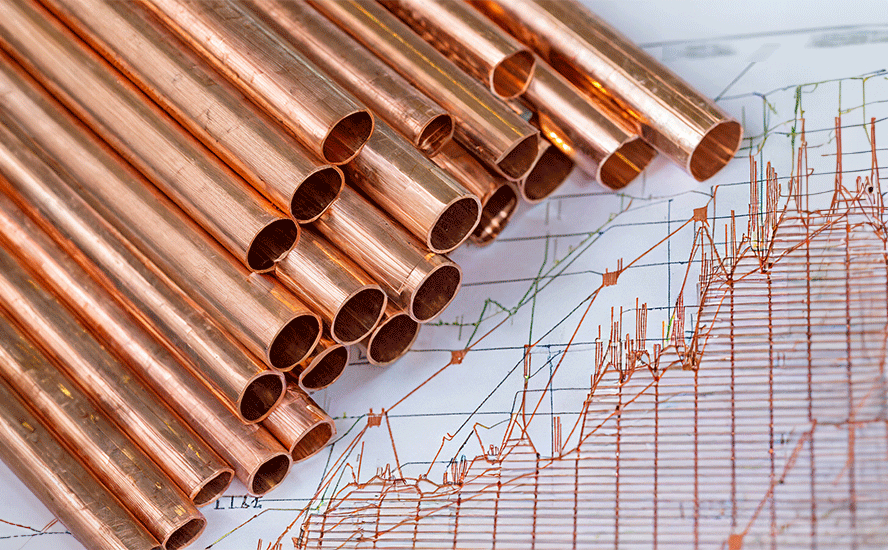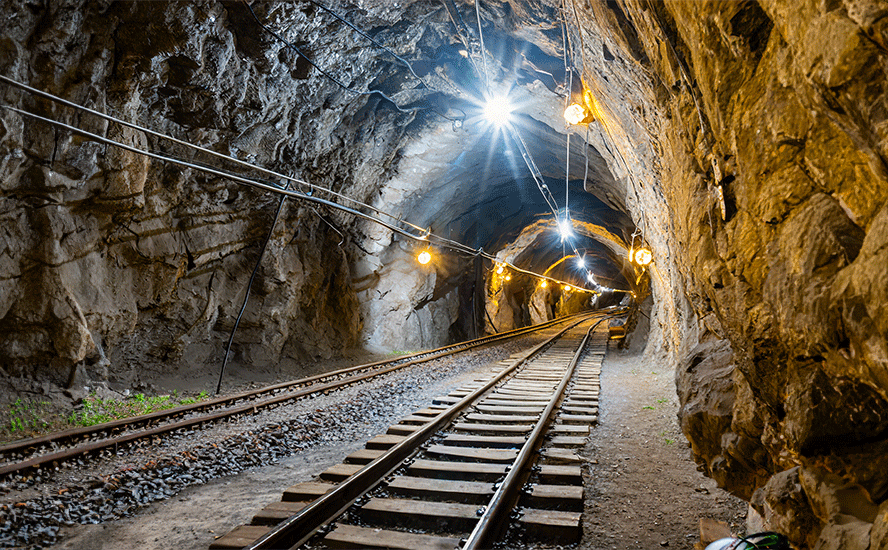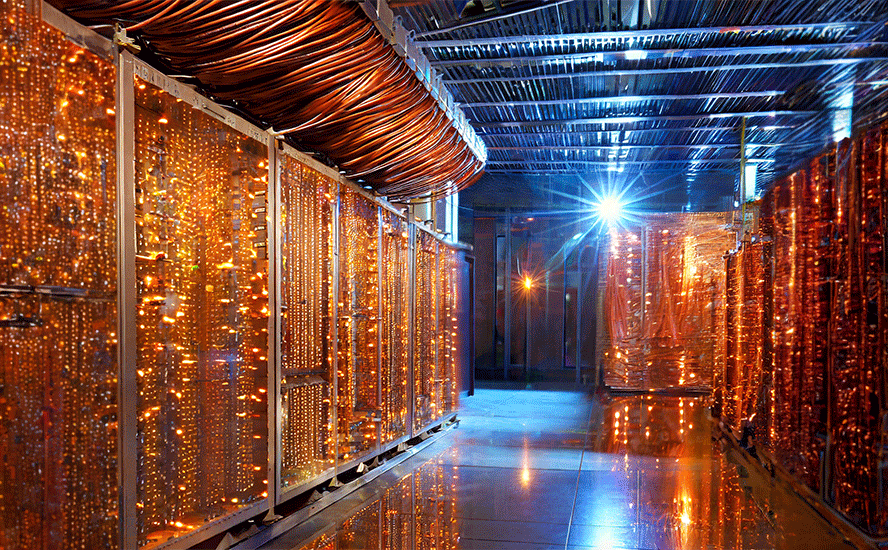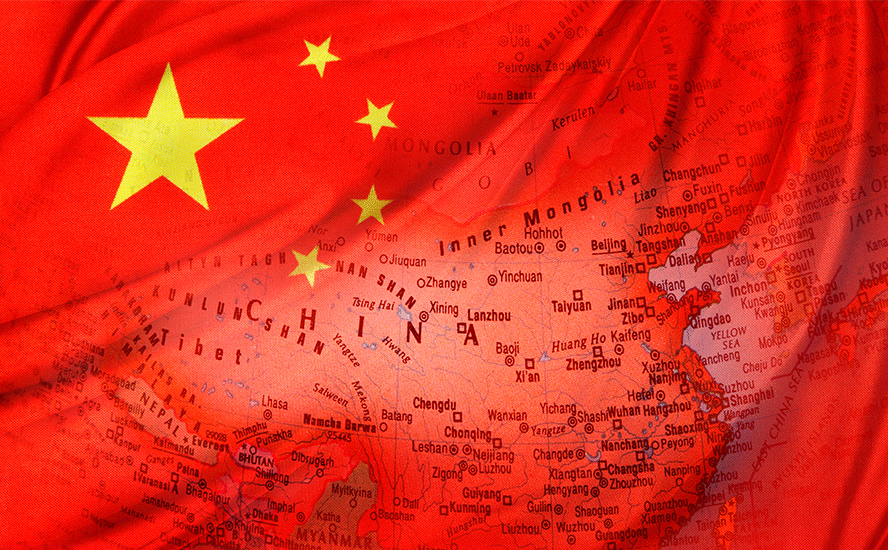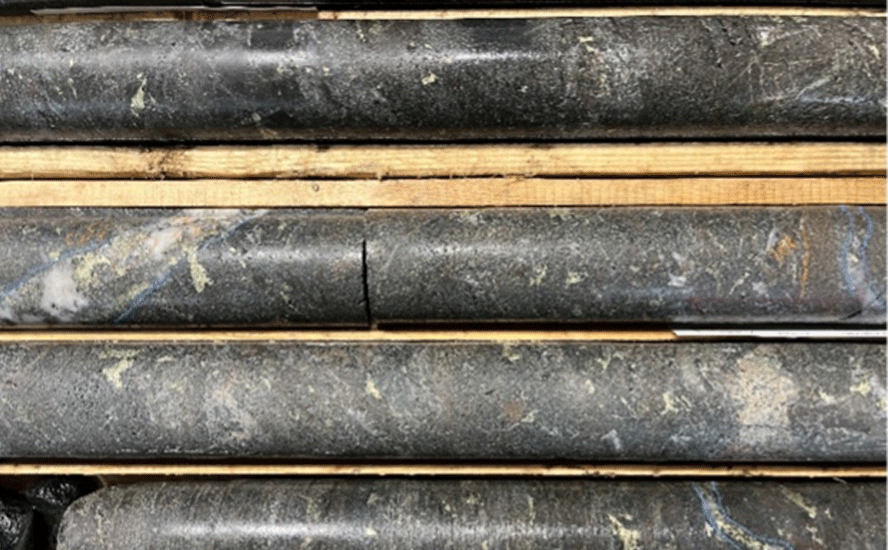Critical Materials Start 2023 With a Bang
By Paul Wong and Jacob White
As 2022 ended, most of the main bearish risks for the U.S. (rising interest rates), EU (cold winter), and China (zero-COVID) faded suddenly and nearly simultaneously, setting the market for a more pro-cyclical outlook. The upward revision in global growth, the timing effect of the China credit impulse and the surprise ending of China’s zero-COVID policy have provided a tailwind for the metals market. For energy transition metals, we see this as a cyclical boost on top of the robust secular demand that is in play. If 2022’s pullback was the typical mid-cycle correction common in the commodity resource sector, then we believe 2023 will reaffirm the demand (strong) and supply (shortages) fundamentals.
The Russian invasion of Ukraine, the LME nickel short squeeze, systemic negative macroeconomic factors, etc., all affected energy transition materials in notable ways in 2022. Critical metals have attracted significant attention in the past few years despite plenty of short-term risks.
Legal Notice / Disclaimer
Ahead of the Herd newsletter, aheadoftheherd.com, hereafter known as AOTH.Please read the entire Disclaimer carefully before you use this website or read the newsletter. If you do not agree to all the AOTH/Richard Mills Disclaimer, do not access/read this website/newsletter/article, or any of its pages. By reading/using this AOTH/Richard Mills website/newsletter/article, and whether you actually read this Disclaimer, you are deemed to have accepted it.

